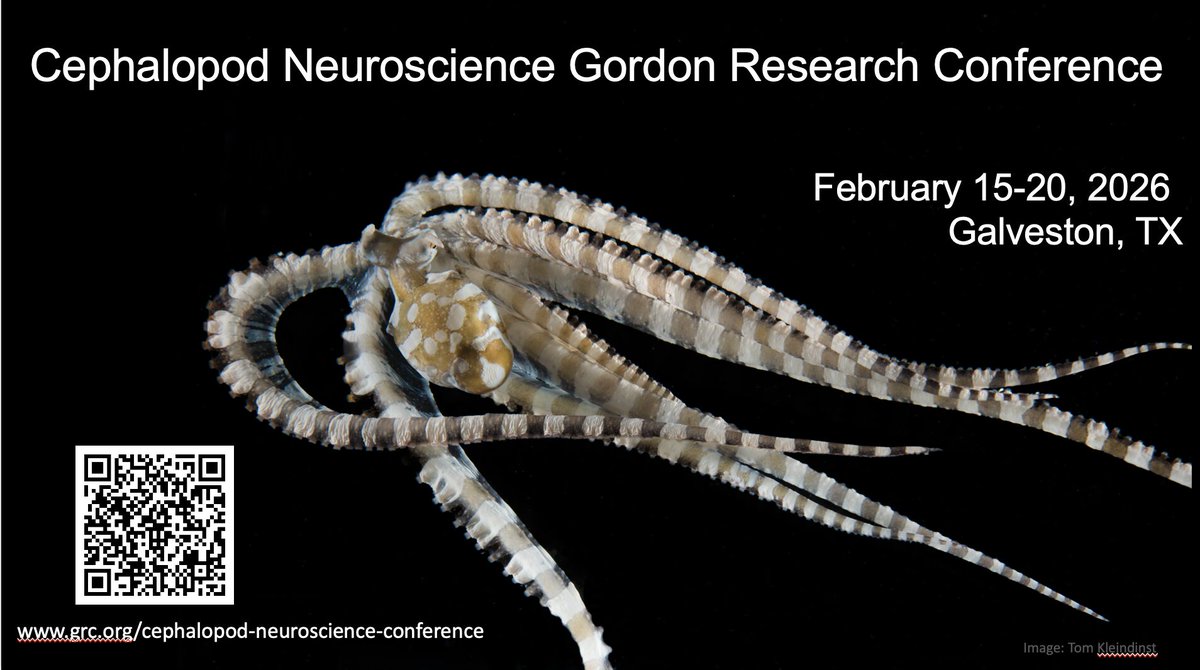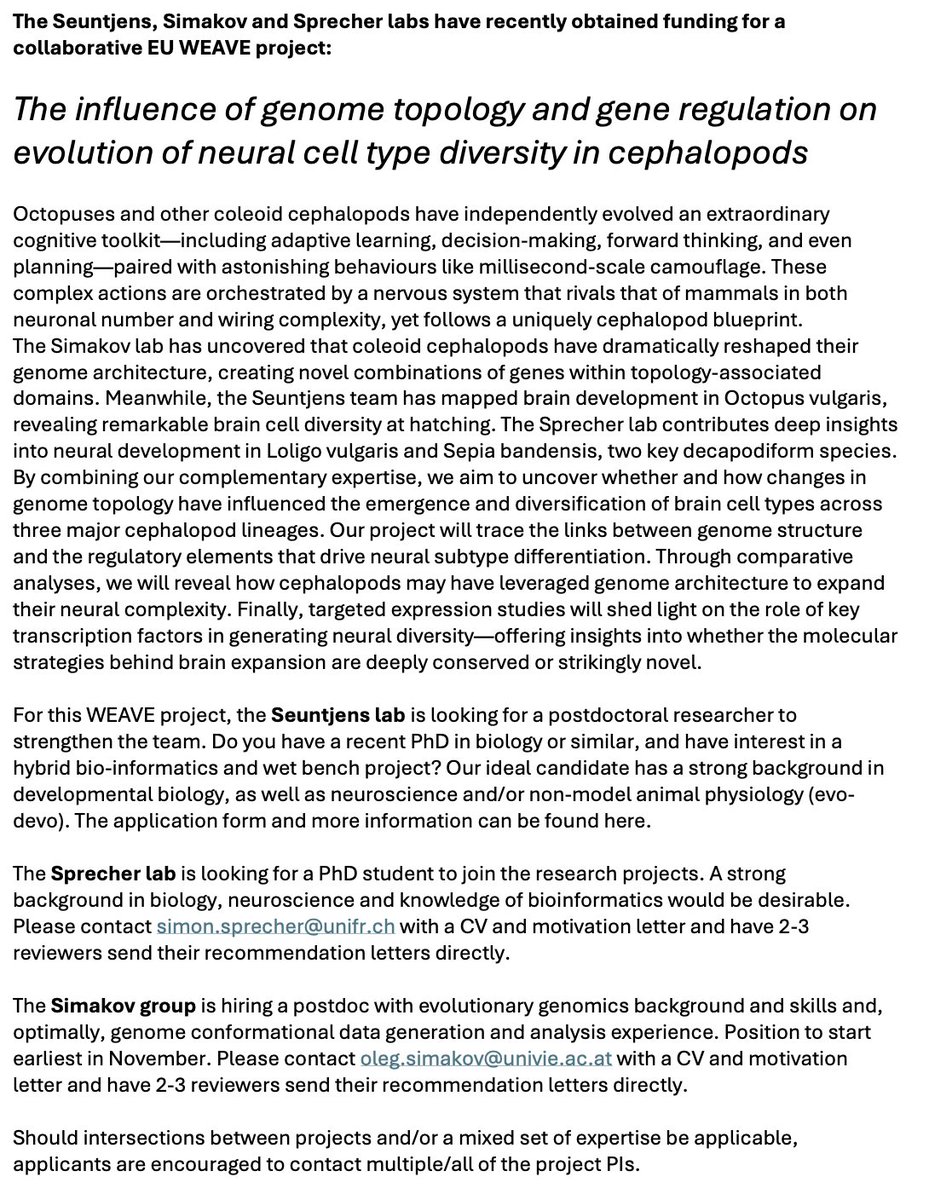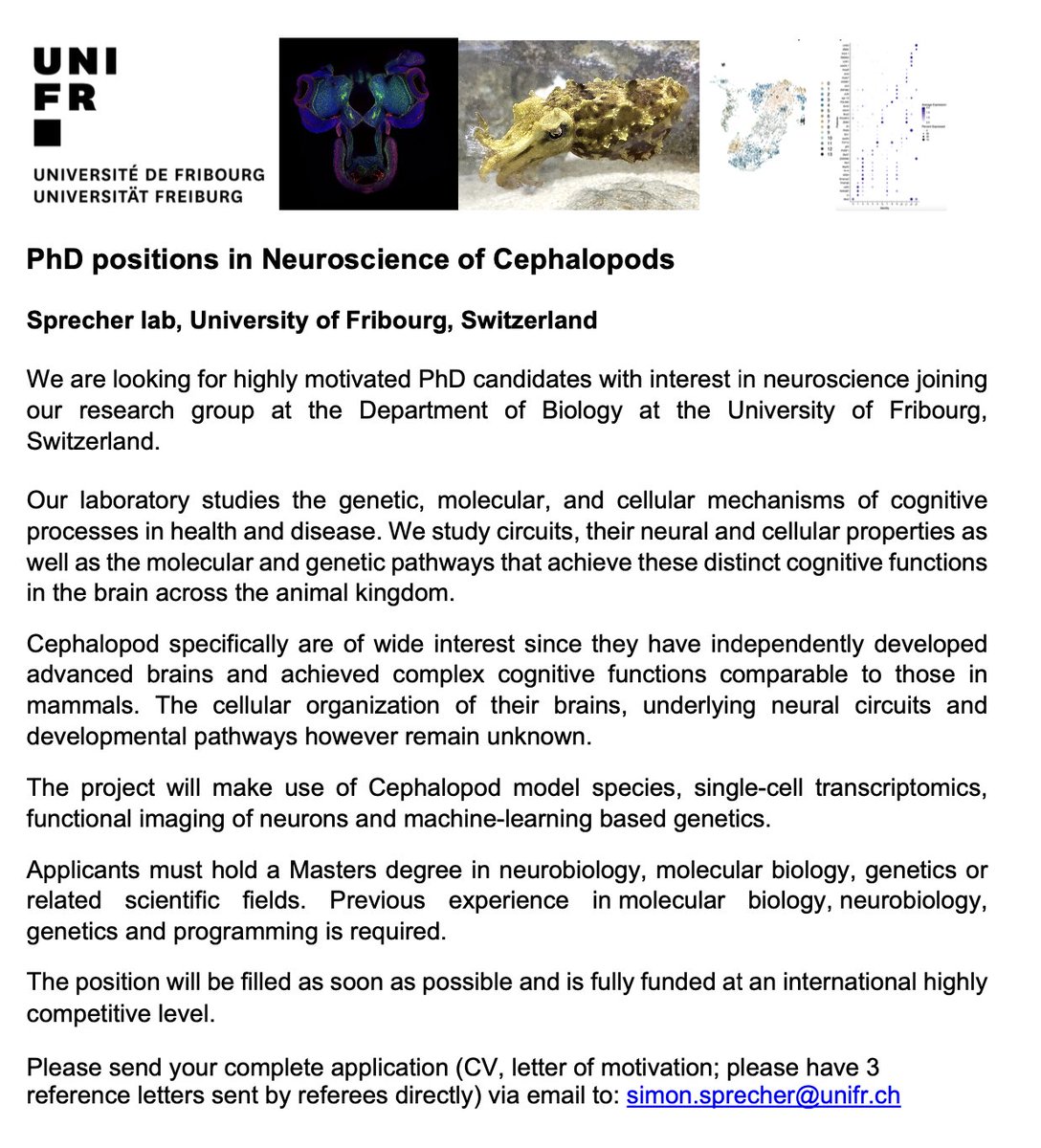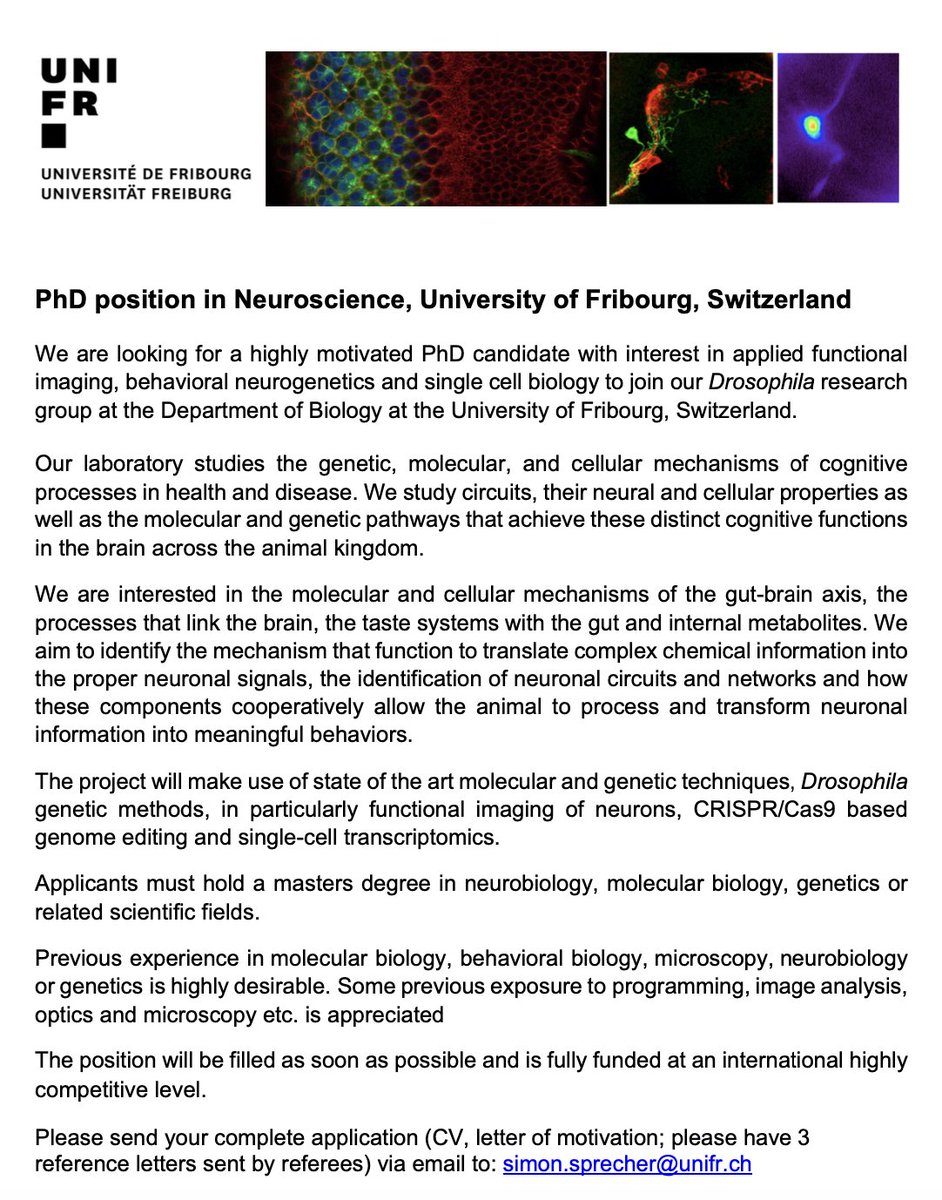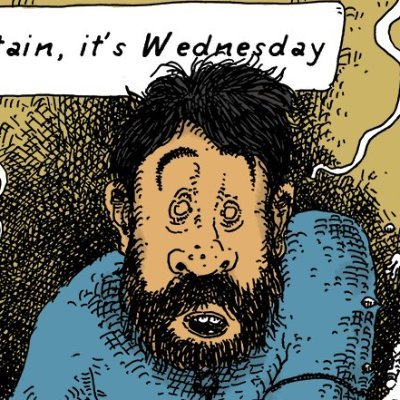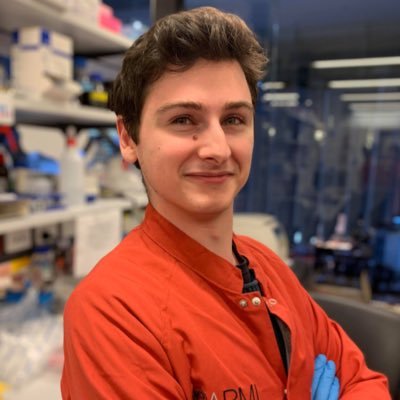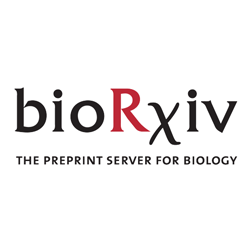
simon-sprecher.bsky.social
@simon_sprecher
Followers
1K
Following
11K
Media
473
Statuses
5K
Professor in Neurobiology at University of Fribourg @unifr @unifrBiology bringing #neurogenetics from #Drosophila to #Cephalopods and #Cnidaria -View are my own
Fribourg, Switzerland
Joined May 2012
Now published: .
elifesciences.org
The dopamine receptor Dop1R2 plays a crucial role in the formation of longer-lasting memories, while it is dispensable for short-term memories.
Dopamine is doing many jobs in our brains! .One way that neurons can can distinguish what Dopamine as "signal" means are the Receptor proteins that detect Dopamine- .
0
0
4
RT @thecocodium: I am looking for a new postdoc to join the lab. Interested in pluripotency, germ cells, and in investigating these in a ge….
0
33
0
Officially starting a joint project with @SeuntjensLab and Oleg Simakov lab- studying the link between genomes, gene expression and cell type diversity in #Cephalopod brains! .Open positions to apply-.Please RT!
0
6
14
We have open PhD positions in the lab to work in the Neuroscience of #Cephalopods and #Drosophila-.please RT
0
20
26
RT @SwissDementia: Welcome @simon_sprecher to our association!🧠 At @unifr, Simon’s lab uses genomics & AI to uncover dementia's genetic roo….
0
1
0
RT @JM_Gahan: Happy to share that the Gahan lab will be branching out (or more like returning) to working on Nematostella in the near futur….
0
24
0
RT @unifrBiology: This year, the Department of Biology @unifrBiology will support outstanding young scientists who.aim to apply for the S….
0
12
0
never doubt the capacity of molecular reagents!!! ;-).
@ATinyGreenCell Used this bad boy today, worked perfectly (even in ‘adverse’ reaction conditions!). Honestly not sure what the basis for these expiry dates are but NEB enzymes are unquestionably stupidly good quality 😂
1
1
9
Eating is a multisensory experience- we do not simply "taste" the food we enjoy, we also take into account its texture and visual appeal!.What about the food texture? We know very little about this part of the eating experience- .
biorxiv.org
Food presents a multisensory experience, with visual, taste, and olfactory cues being important in allowing an animal to determine the safety and nutritional value of a given substance[1][1]....
3
13
53
How did brains/CNS evolve and how do they compare in early diverging bilaterians?.The nervous system of Xenacoelomorpha are an important proxy, to understand neurogenesis to behavior! .Here an update on recent advances, thanks to Pedro to pushing this forward!!!.
Here our latest, a thorough description of the state of the (key) field of “Acoel Neurobiology” With @simon_sprecher , @bailly43410630 and Volker Hartenstein.
3
4
21


